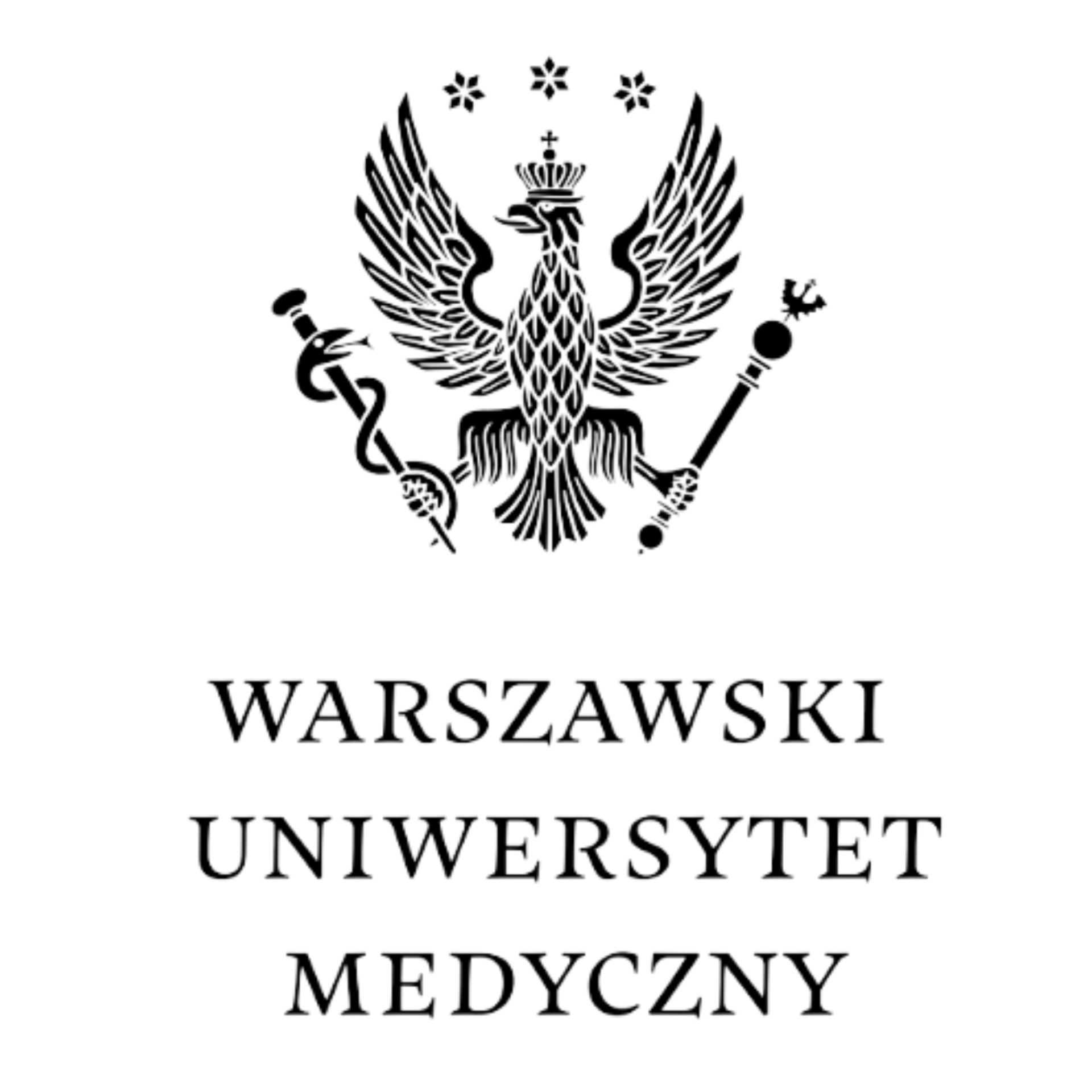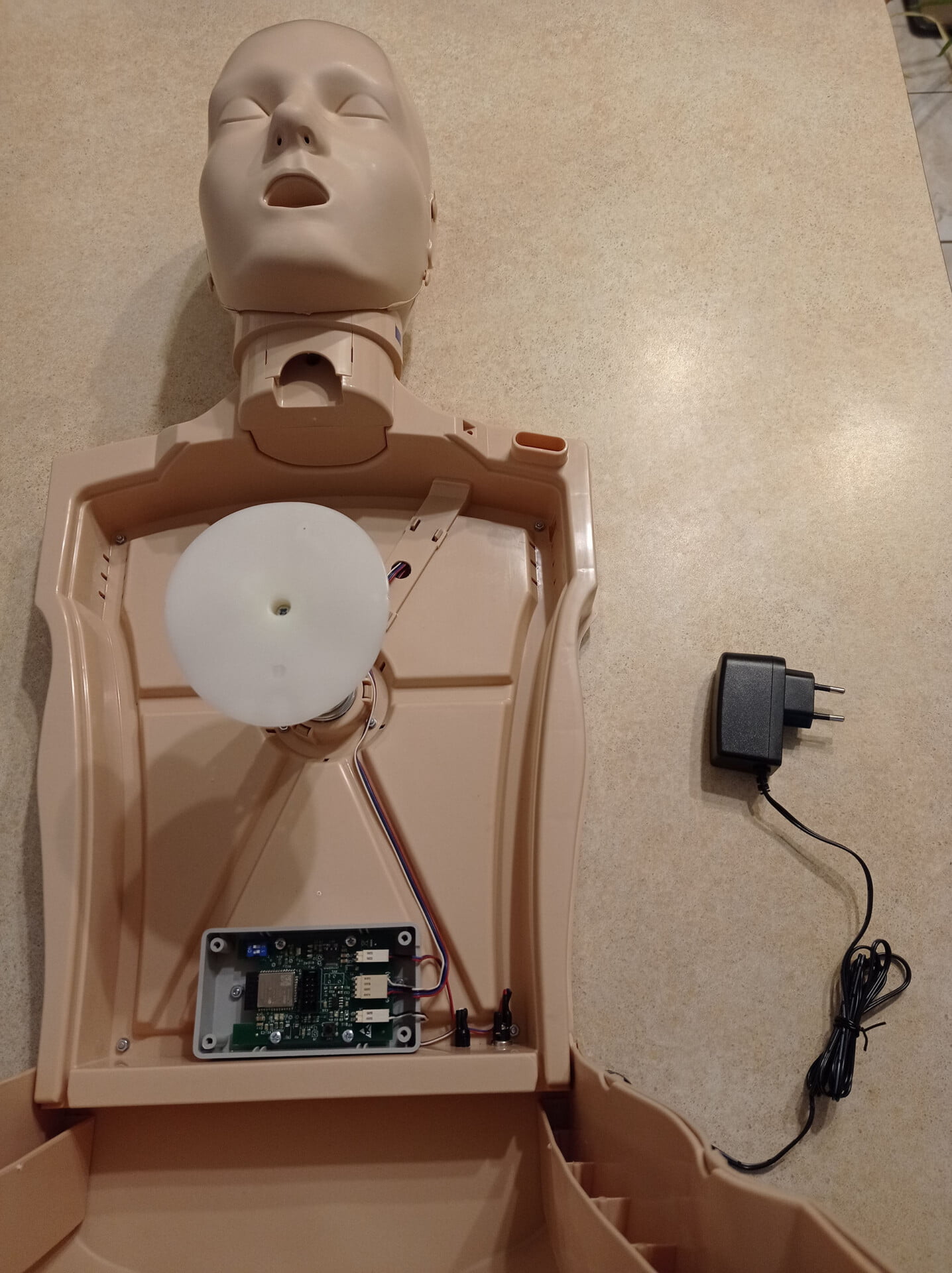Cardiopulmonary
resuscitation course
with the AR module
How do we teach resuscitation
in an innovative way?

The Medical University of Warsaw
The Medical University of Warsaw is an academic community that combines over 200 years of tradition with innovative teaching methods. The university offers numerous fields of study.The course is used during training, e.g., in medicine, medicine and dentistry, medical rescue, nursing, midwifery, and dietetics.
![]()
Challenge
A first aid course for future medical rescue workers. The development of the formula of traditional training
- Within the framework of this project, The Medical University of Warsaw aimed to implement a modern system that builds and tests knowledge in emergency medical services. This application develops the university’s program with an innovative technological component with the AR function.
- Saving human life in an emergency ward is possible thanks to practical learned procedures. Giant Lazer’s task was to create a remote teaching tool. It was designed to allow people studying at the Medical University of Warsaw to have adequate education in first aid.
- The greatest challenge for the Giant Lazer team was integrating the application and the admin panel with the university’s internal system – Moodle. Thanks to this solution, the results of the first aid course were to be entirely digitized.
The level of safety of victims requiring CPR depends on the precision of rescuers. This project created by the Medical University of Warsaw assumed the use of electronic phantoms similar to those we know from health and safety classes. They were to be linked to an online infrastructure to test students’ skills.
What first aid educational tool have we created?
![]()
Solution
The resuscitation course for future medics is a modern development of the traditional training formula.
- To effectively build knowledge, we wanted to recreate the functional conditions of CPR by using an unusual phantom for training. Compared to similar devices used in OHS training, our phantom is unique because of its electronic component with sensors that test whether CPR is performed correctly. This means that the sensors accurately record the depth and frequency of compressions.
- How did we make this first aid course so effective? Information about the quality of the CPR performed provided by the sensors is sent to a dedicated mobile application. There, the user performing first aid can monitor the parameters of his/her movements during the life-saving procedure. They are available in real time.
- The application is paired with the phantom via Bluetooth, which significantly speeds up exercise preparation time. In addition, it includes various locations of resuscitation (e.g., a shop), which increases the student’s credibility and ability to enter the learning process.
The AR module allows users to display an interactive 3D model of the AED device in real space. Students can get acquainted with the defibrillator’s operation on their mobile devices.

Training is carried out using an application connected to the phantom
What does it simplify?
The integration of the application with the CPR phantom via Bluetooth enables an easy and quick detection of the phantom in front of the user’s mobile device’s screen. Most importantly, it records the frequency and pressure forces performed during resuscitation activities. For students learning CPR, this supports properly adjusting the strength and frequency of compression, as such knowledge may save their potential patients in the future.
Our solution guarantees faster acquisition of practical skills and more accurate resuscitation.
A response to the needs of teachers in terms of examinations
What does this mean?
From the university’s perspective, an essential element of the project was recording exam sessions to ensure that students could not cheat during a remote performance of the test. Our virtual and augmented reality team of specialists has provided appropriate application procedures, ensuring that this first aid course will provide reliable knowledge about the skills of people participating in the course.
Our program is equipped with an AR module. Its operation is launched by scanning the QR code. It allows users to read data from a specific copy of the phantom. For people who operate the application, it is a simple solution.
Process

Organizing project assumptions

Defining user journey

Designing the electronic system of phantoms

Preparation of the mobile version and work in synchronization with Moodle

Launching hardware, software and the system
The first aid training for students takes place in augmented reality (AR)
What does this mean?
Fully immersive training
No more looking at a phone or talking during class. In augmented reality, we focus only on the training.
No more boring presentations
Students will be guaranteed an exciting course in a usable form, and the public will benefit from the services of effectively trained professionals.
- The user’s application has functionalities that enable logging in, going through a practice and exam session, viewing the status of tasks, push notifications, and watching an instructional video.
- However, pairing the device with the application is not the only part. It is also essential to properly position the phantom with the phone and turn on the camera. All this is to record the examination part of the first aid training. Thanks to a simple outline on the screen, the AR module allows users to place the phantom properly.


Insight into the user’s progress
- The administrator panel for WUM specialists can verify data sent from the student’s device. It also enables generating markers that launch content in AR technology in the form of QR codes and analyzing the teaching process.
- This application has been integrated with the university’s internal system, which facilitates the automatic generation of grades and saves them on the server. This is a great help for people working with students as part of CPR training.
Technology

with sensors

PC

iOS + Android
Effects

- Success #1 | Augmented reality and saving lives through it
Future specialists who will save human lives need the best didactic solutions. By developing the Medical University of Warsaw’s first aid training program, we have developed a system based on modern devices and a mobile application with an AR module. Augmented reality through smartphone cameras allows for proper phantom positioning to conduct training sessions. Today, CPR can be taught comfortably and in an engaging way.
- Success #2 | Training based on dedicated electronics
Our first aid course goes beyond the standard of lessons. Students gain knowledge while working with an intelligent phantom equipped with sensors. It is connected to the mobile application via Bluetooth. For people learning CPR, this supports the appropriate compression strength and frequency adjustment. Training based on our solution is characterized by a faster learning pace and accurate resuscitation. Our goal is to ensure that students remember the process as best as possible.
- Success #3 | We are developing an educational offer for the next university in our portfolio
The task of Giant Lazer was to meet all the needs of specialists on the client’s side – both didactic and organizational. This also entailed ensuring control over the data generated in the learning process. That is why our system has been integrated with the Moodle platform version 3.113+, which will record results via a mobile application.
